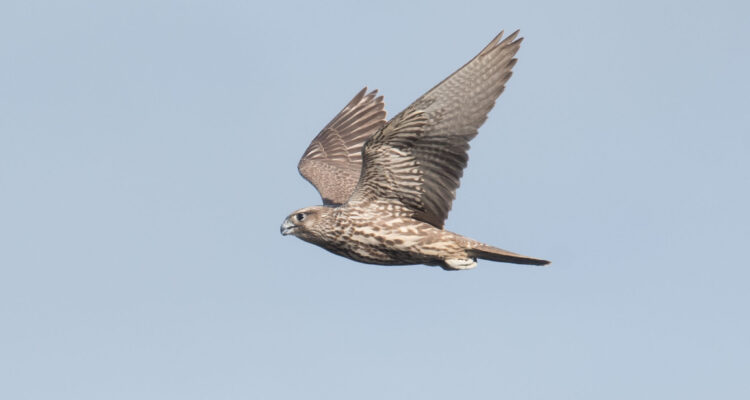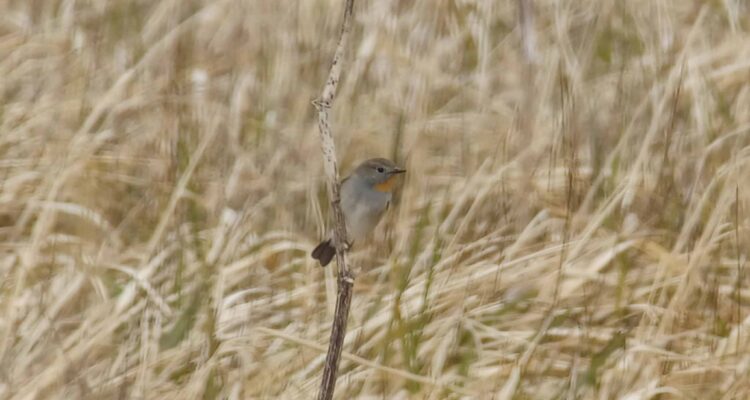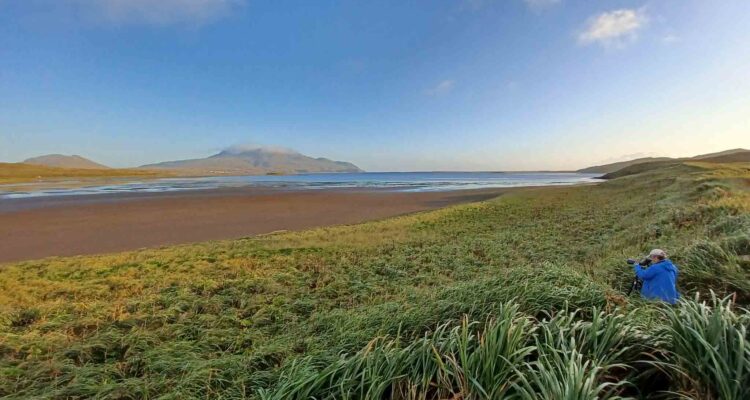Our third trip to Adak during fall migration is in the books! Each of our three…
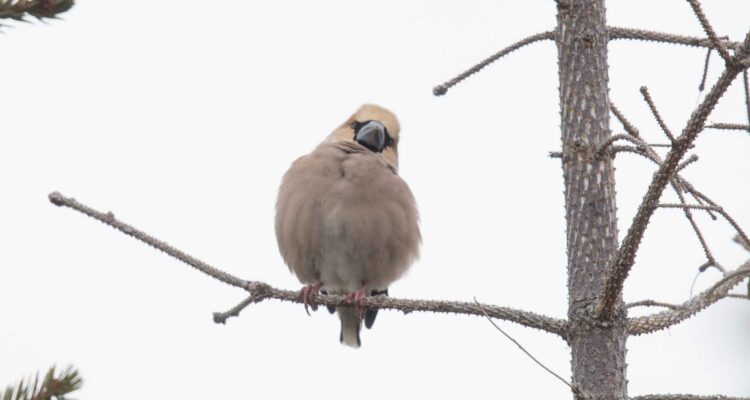
Adak: Spring 2023 Trip Report
Scott and Aaron (Lang) just completed our spring tour to Adak Island in the Central Aleutian Islands. Every year this trip kicks off our suite of spring birding adventures in western Alaska. If the results of this year’s foray to Adak were any indication, it will be a great spring! Eight guests joined us for a five-day exploration of the island’s road system with an optional excursion off-shore. The weather was good (albeit a little colder than average) and the birding was great!
We arrived on schedule and with no issues–always appreciated when flying in western Alaska. After getting settled in our rented apartments, our first job was to strategically spread birdseed in a few protected areas in hopes of attracting rare finches. One of these places is a protected stand of planted spruce trees behind a hill on the edge of town. While we were searching the grove for birds a pair of very vocal and uncommonly accommodating HAWFINCHES flew into the trees and alighted in the open for several minutes. Now that’s a great start to the trip!
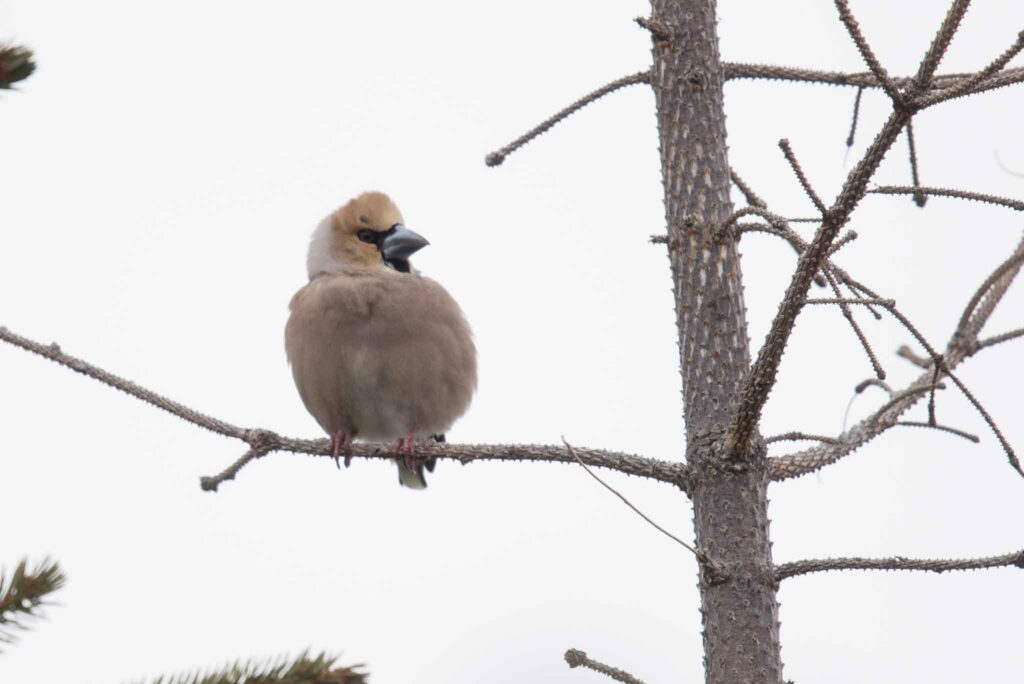
After seeding a few areas, we checked some ponds and found a pair of TUFTED DUCKS and a locally very rare RING-NECKED DUCK. We returned to the apartments for a quick dinner. We wanted to make sure we checked Clam Lagoon—the largest brackish lagoon in the Aleutian Islands—before the end of our first day. So we drove straight out there after dinner. It was loaded with EURASIAN WIGEON, “COMMON” GREEN-WINGED TEAL, MALLARDS, GREATER SCAUP, and BUFFLEHEAD. Two BAR-TAILED GODWITS and a pair of dark-morph PARASITIC JAEGERS rounded out the mix. But the long neck sticking out of the grass on the corner of the Lagoon stole the show—TUNDRA BEAN GOOSE! This was a life bird for most folks on the trip and only the second time we’ve found one on an Adak trip!
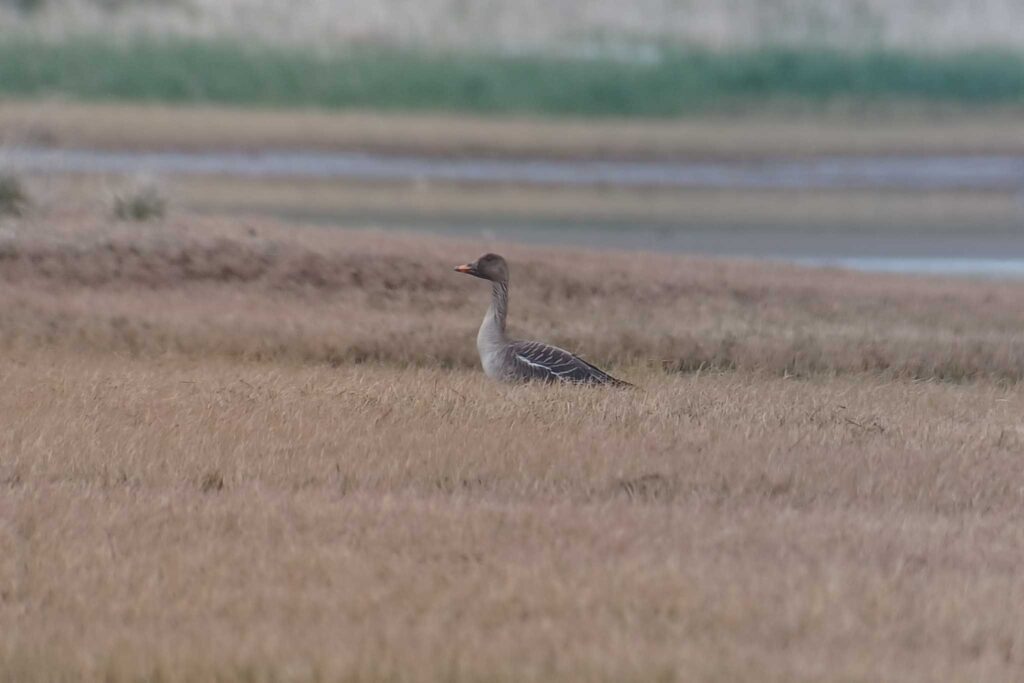
The second day of the trip was the calmest weather day of the week, so some of the group ventured out on a comfortable 42-foot boat to search for Whiskered Auklets and other great birds. The seas were calm and we quickly made it off-shore far enough to have great views of three close-flying LAYSAN ALBATROSS, one of which flew right into the stern of the boat to check us out. We continued on toward Great Sitkin Island to look for our main target of the day, and we found a few. In calm seas, we got into numerous large flocks of WHISKERED AUKLETS near their colony. We conservatively estimated their numbers at 10,000-15,000 birds! We were close enough to hear the rowdy calls of the flocking birds. Incredible!
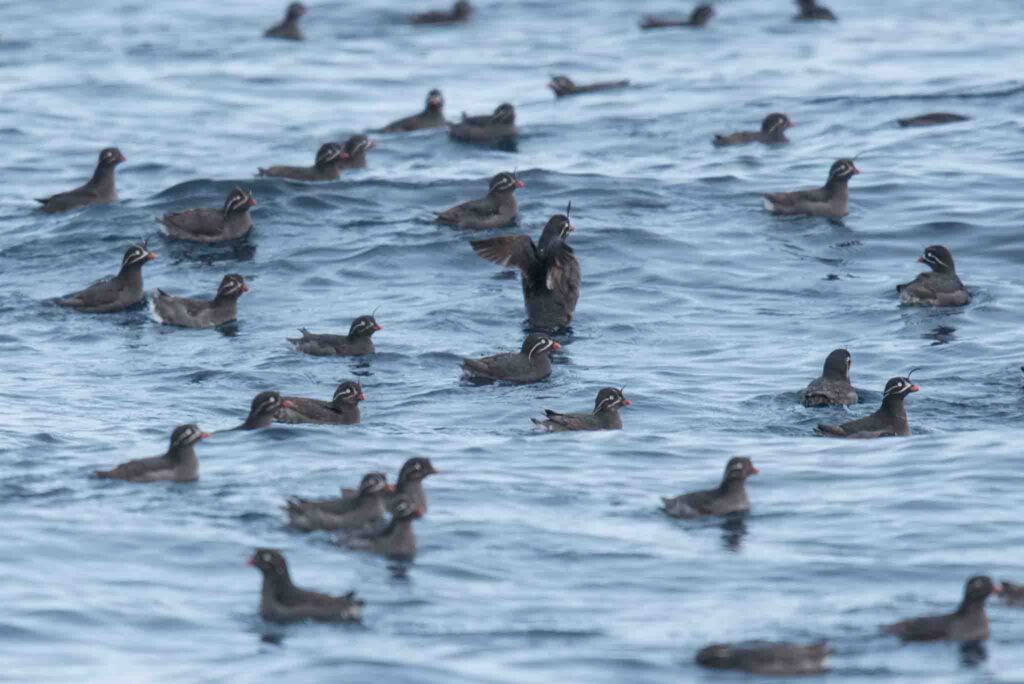
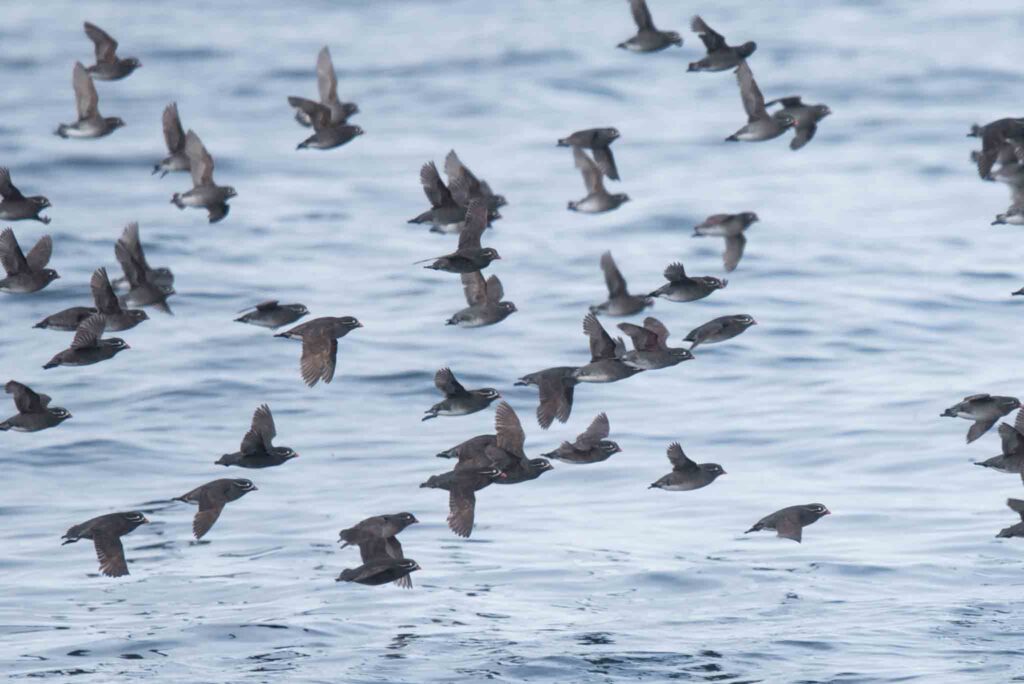
In addition to the rarity potential, Adak has a number of great birds that are expected on the island. We enjoyed views of “TURNER’S” ROCK PTARMIGAN, COMMON EIDER, GRAY-CROWNED ROSYFINCH, ROCK SANDPIPER, and PACIFIC GOLDEN-PLOVER. Each spring, several COMMON SNIPE take up territory in the island’s extensive marshes, often winnowing side by side with WILSON’S SNIPE (which they usually outnumber). This allows for great studies and what I think is the most complete and effortless way to find and observe this mostly Eurasian species. This year we found at least two COMMON SNIPE, and one WILSON’S SNIPE and were able to compare their physical differences and hear the dramatic difference in the pitch of their winnowing. We also tracked down three ARCTIC LOONS, which are regular spring migrants at Adak. We saw fewer than normal ALEUTIAN TERNS this year but did see at least three on two occasions and heard a few flying high overhead in the clouds. Two regular species proved difficult this year—Red-faced Cormorant and Kittlitz’s Murrelet, which we missed. This is the first time that we’ve missed the murrelet, despite numerous attempts to look for them.
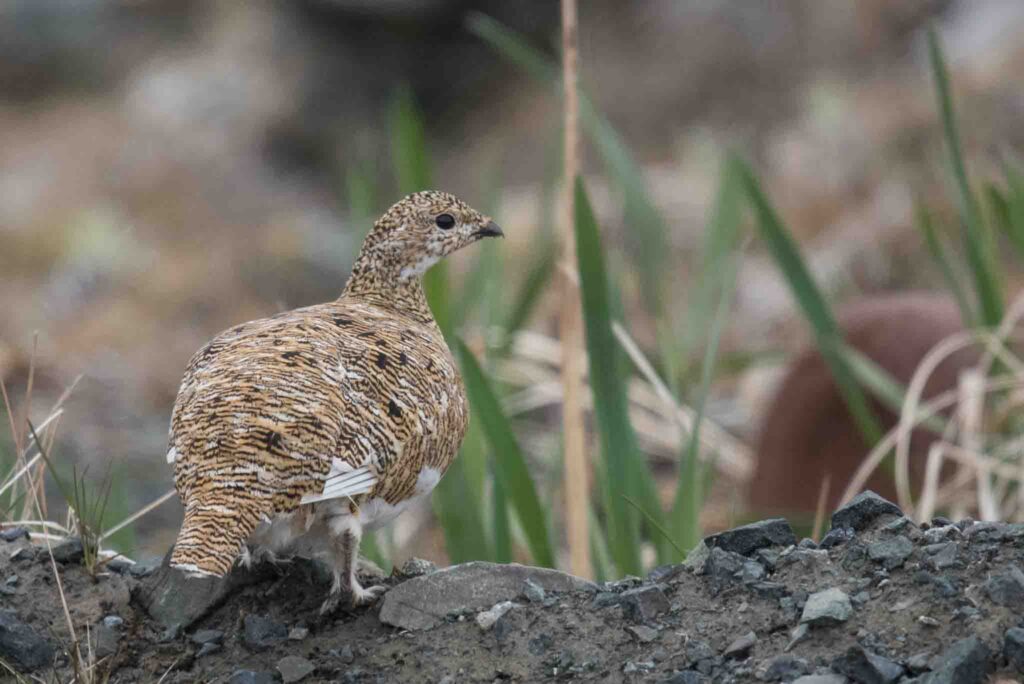
We spent the last three days of the trip tracking down the regularly occurring species on the island and working to find a few more unexpected species. We saw the TUNDRA BEAN-GOOSE each of the first three days of the trip. We eventually found no fewer than seven HAWFINCHES on the island and got great views and photos of this great rarity on each day of the trip! Midway through the trip, we got close fly-over views of a calling WOOD SANDPIPER as it passed over but unfortunately did not land in the marsh we were birding. A few of our group saw BRAMBLING on the last evening, and then again on the final morning of the trip. The rarest bird of the trip was a completely unexpected GREATER YELLOWLEGS, which represents only the second spring record for the Aleutians! You just never know when you’re birding western Alaska in the spring.
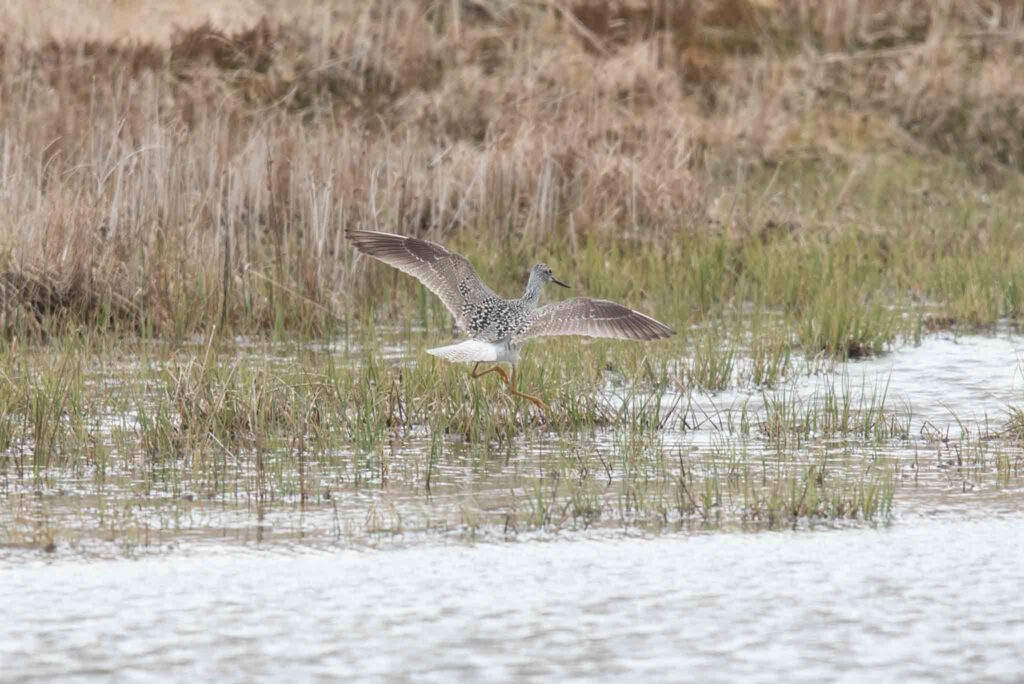
What a trip–a great group of people enjoying a great bunch of birds in the westernmost town in North America!
